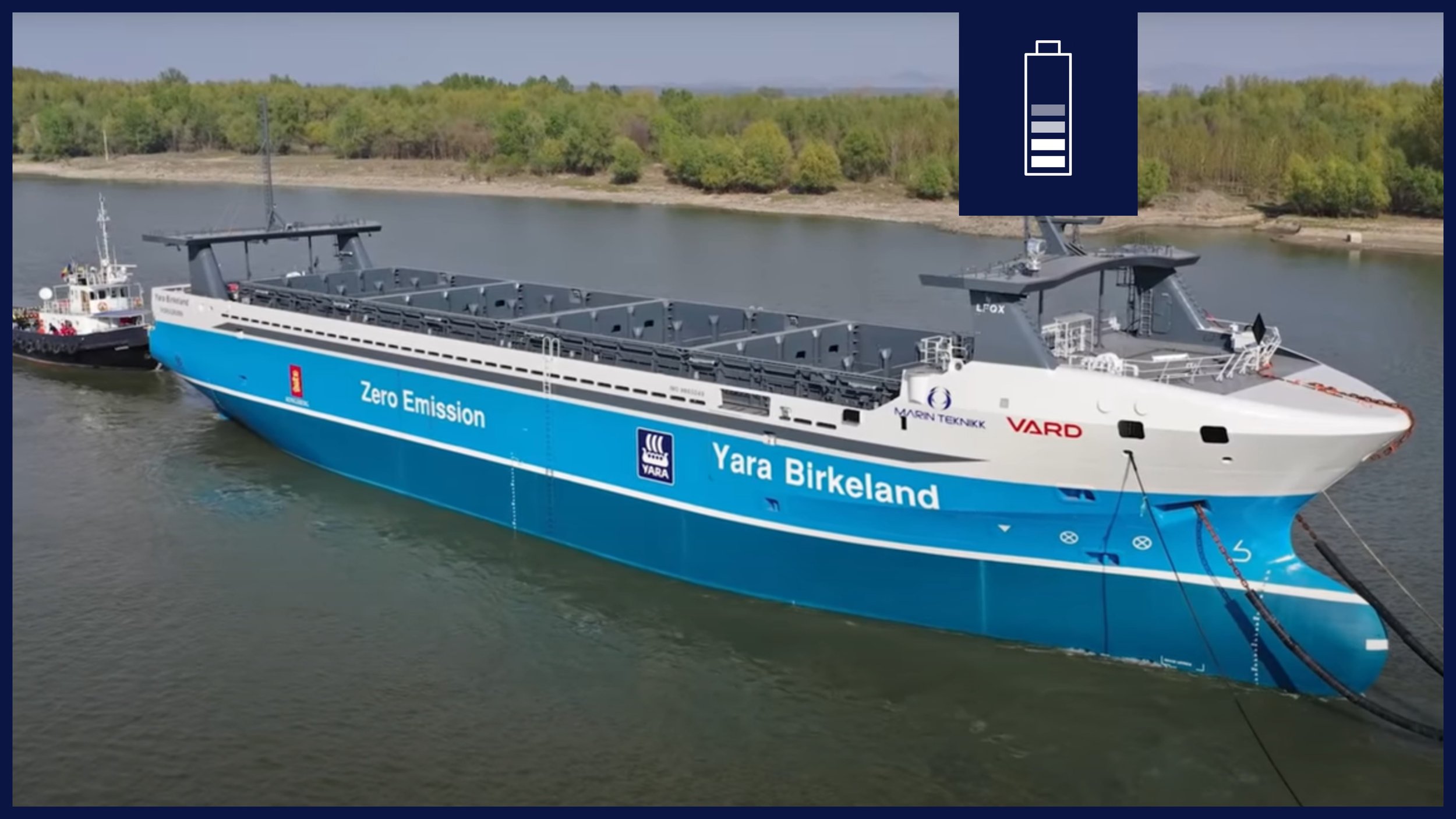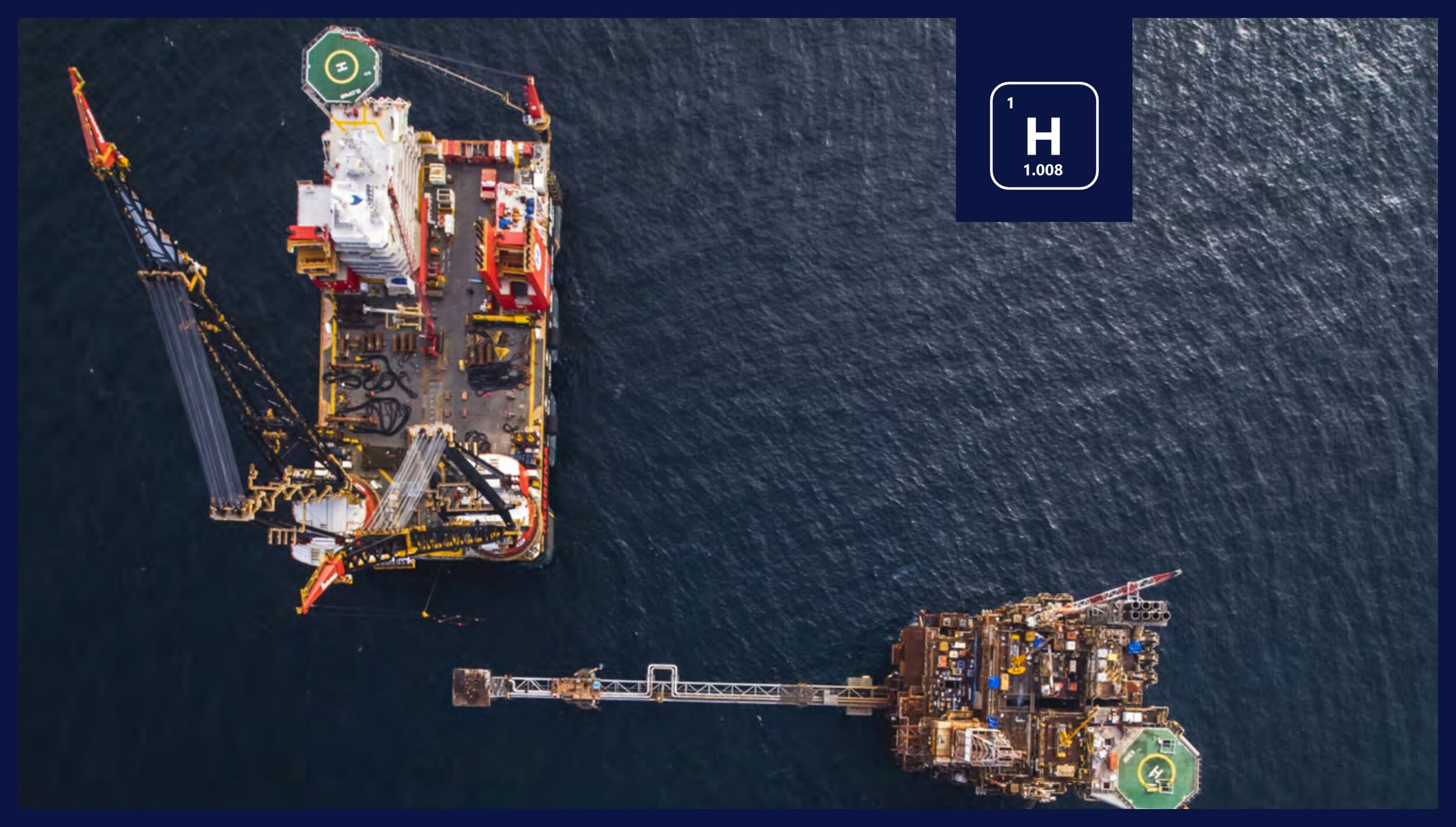Decarbonizer Logic
Methodology on how the Decarbonizer works so you can make your own
This blog is a step-by-step explainer on the methodology of the Decarbonizer. In effect, it is a how-to-guide to help you build your own Decarbonizer. The Decarbonizer consists of only five building blocks. Input, Power Profiles and Output are the core if the tool, Reporting and Database make interpretation and programming easy. Each block contains several modules. Input and Output only contain parameters. Power Profiles performs calculations. Reporting is nothing more than a GUI containing specific parameters from other blocks. Database contains submodules with both parameters and calculations.
If you need more help, you can ask for support for implementation, or you can purchase the full backend in order to make your own version of the Decarbonizer even faster. Request assistance via this form and we’ll get back to you asap.
-
Decarbonizer needs maintenance
The Decarbonizer is much like a vessel. She is constantly evolving, she needs repairs, upgrades, sometimes a big overhaul – though she never needs to be drydocked. That means that although the logic should be agnostic and somewhat timeless, small difference might exists between this document and your version of the Decarbonizer.
One should not underestimate the amount of maintenance work and time involved in keeping your own version of the Decarbonizer online. It goes without saying that Sustainable Ships can provide you with help on both implementation and support during operation, but that is not the goal of this document.
We are human
It should be noted that Sustainable Ships works with a set of best practices and principles, but small errors and conflicts still arise in the tool. That’s right, we are only human. We rely on your hones feedback to improve the tool according to your expectations.
It is but a model
Sustainable Ships is not (really) interested in the exact answer. This might sound weird, so let us explain. We want to make insights as quickly as possible and as accurate as can be, so you get information that can steer your decision making. We are aware the Decarbonizer is and will remain but a model, which does not have the capacity as a virtual twin. And even the very best and most beautiful models in the world remain simply that – models. They are not a reflection of reality and one most always remain critical and keep their common sense when interpreting the output provided.
References and validation
The below stories are examples of vessels and technologies, which have been incorporated into the Decarbonizer tool. This includes technical lessons, as well as cost predictions.















This case study examines a general cargo ship with an auxiliary engine of 116 kW that is outfitted with a battery to make it a ‘battery hybrid’ while at berth. The battery pack powers the ship for several hours while idling or moored and is recharged using the auxiliary engines. Cost savings generally occur with an average engine load below 50%, but are mostly dependent on engine maintenance costs, spares and consumables as well as total battery pack costs.